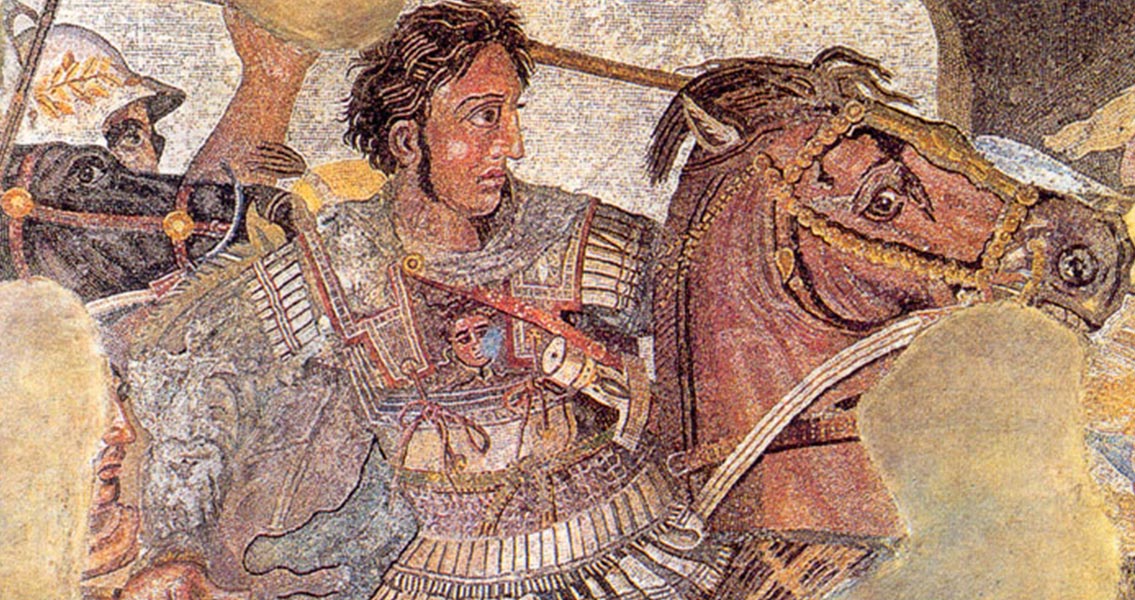<![CDATA[Coins featuring the face of Alexander the Great have been uncovered in the Amphipolis burial mound. Despite being looted numerous times in antiquity, some valuable coins were found by archaeologists. Giving the first complete presentation of the excavation results at the Ministry of Culture in Athens, Katerina Peristeri, the archaeologist leading the dig, revealed the latest discovery. Some of the coins found depict the legendary king Alexander the Great, while others are from the third and second centuries BCE. Further, the site appears to have originally been open to the public. "It is certain there was damage and plundering in ancient times as it was a large monument that people could visit," said Katerina Peristeri at the news conference. That the site was once open to the public, but later sealed, is intriguing. Only the tombs of the most important individuals would have been accessible to more than close relatives. The enormous tomb at Amphipolis, the largest ever found in Greece, continues to reveal a wealth of important finds. The lavishly decorated tomb has already yielded huge sphinxes, caryatids, (sculpted female figures) and sumptuous mosaics. The discovery of coins holds vital clues for Peristeri and her team. Coins are a useful tool for archaeologists and historians - allowing sites to be relatively precisely dated. As coins are stamped with a date or the name of a ruler when they are minted, it is clear from which time they came from. The most recent coins, therefore, show the earliest possible date that the site could have been constructed. That some of the Amphipolis coins depict Alexander proves that the site was built towards the end of his reign, when these coins were common. By narrowing down the time period of when the tomb was sealed, the team hopes to narrow down the list of people who could be buried there. Yet the team have a long way to go before they ascertain who lies interred at Amphipolis. The discovery of a skeleton earlier this month confirmed that the Amphipolis mound was a burial site, but the identity of the individual is still unknown. Suggestions have been made that the occupant could be Roxana, Alexander's Persian wife, Olympias, the king's mother, or one of his high-ranking generals. It is highly unlikely, however, that the skeleton is Alexander himself, although his remains have not yet been discovered. Peristeri has been very outspoken on the matter, I do not respond to conspiracy theories about Alexander the Great being buried there, she said. The coins provide further evidence that the tomb's occupant was a high-ranking individual, but do not definitively prove who was buried there. Peristeri has stated that the abundance of valuable burial objects show that a general could have been buried there. "A lion on top of such a massive monument, it could be the tomb of a general," said Peristeri. Finds from the site will be analysed over the coming months and hopefully more will be revealed about the individual buried there.]]>
Coins Of Alexander the Great found in Amphipolis Tomb
